Wood Material Technology

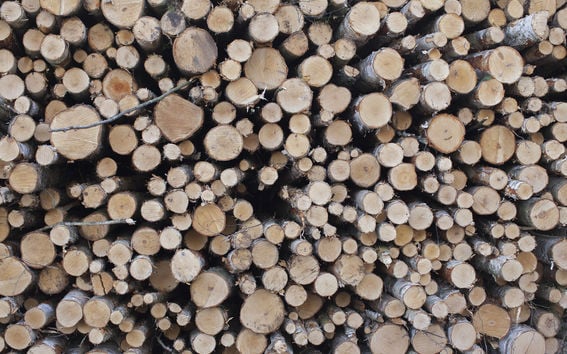
Wood is a truly renewable material that, unlike many other materials, requires little energy to convert it into functional products. Synthesised from sunlight and carbon dioxide, trees sequester atmospheric CO2 during growth and when converted to wood products, the carbon is stored away until the “trapped” carbon is released by burning or natural biodegradation. This means that long-lasting wooden structures and artefacts can help reduce carbon dioxide emissions and make a positive contribution to combating Climate Change. Wood has many other attributes too. In addition to being an excellent structural material it can act as moisture buffer, helping to control the interior environment of buildings. It is also a good thermal and sound insulator as well as visually appealing. Wood also forms the basis of a range of wood-composite products that can be extremely resource efficient and its properties can be modified to provide new functionality. Finally, unlike money, wood really does grow on trees!
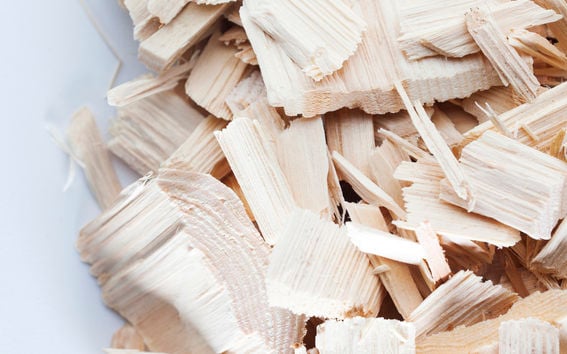
We are researching the resource efficient use of wood in buildings, applying circular economy principles, such as cascading, to maximize the climate change mitigation potential of wood in construction. To do this we are using various quantitative and qualitative research methods, coupled with materials flow analyses and life cycle analyses. Our aim is to contribute new knowledge that will help construction become more sustainable, considering the whole forest value chain. Moreover, we are investigating how wood can be used to create more energy-efficient, healthy and comfortable indoor environments that have a restorative effect on occupants. We are also researching the development of new biobased composite materials, focusing on structure-property relationships, using a wide variety of experimental techniques.
Research themes:
Current research falls under three broad categories:
- The use of wood in climate smart construction
- Wood in comfortable and healthy buildings
- Biocomposite materials
Under the categories of the use of wood in climate-smart construction and healthy buildings, research themes include:
Wood as a means to mitigate climate change:
Forestry and wood industry have a role in mitigating climate change. We look into the wood supply chain and the potential of wood products as carbon storage, collaborating with the wood processing industry in Finland.
Wood as a sustainable building material:
The sustainability assessment of buildings includes environmental, economical and social aspects. We assess the contribution of wood materials in sustainable buildings through a life cycle approach.
Wood as a cascading product:
To promote a sustainable use of wood products is important to increase recirculation of wood materials. We analyse the environmental impacts of different wood cascading options: energy recovery, recycling and reuse.
Wood as a buffering material for indoor air quality and thermal comfort:
Wood materials are increasingly used in the built environment, besides they can contribute to the well-being of users in buildings. We investigate the contribution of wooden products in the indoor air quality and thermal comfort of buildings.
Ongoing research projects:
GoWood!
Climate-KIC funded ‘pathfinder’ project aiming to scope the potential of digital technologies (e.g. DLT) in carbon accounting as a basis for developing incentive mechanisms for wood construction.
Project duration: 12 months
InFutUReWood
Forest Value ERA.net (YM) project investigating wood cascading and design for disassembly of wood constructions at EU level.
Project duration: 36 months
REWood II
Climate-KIC funded ‘pathfinder’ project to prepare preliminary designs for one or more buildings to be designed to DfD principles.
Project duration: 12 months
Past projects:
ERA-NET Plus and Wood Wisdom-Net+ project that introduces an upgrading concept for recovered solid timber as a source of clean and reliable secondary wooden products for the European industry.
Project duration: 32 months
Ympäristöministeriö (Ministry of Environment) funded project that investigates the effect of recirculating wood in the built environment on the sustainability of wood construction.
Project duration: 18 months
Climate-KIC funded ‘pathfinder’ project to prepare preliminary designs for one or more buildings to be designed to DfD principles.
Project duration: 12 months
The project SMARTA Wood Demonstrator (funded by EIT Climate-KIC) aims to establish a common tool and dataset for building owners and city planners to assess holistic sustainability impacts of various construction alternatives. As the demonstration of such a sustainability assessment approach, we carried out environmental, economic and social impact assessments for three timber constructions and their concrete alternatives from Finland, Sweden and Switzerland. The videos referenced below are the recorded presentations by the project partners (Chalmers University of Technology, Aalto University and ETH Zurich) to share the outcomes of the case studies for interested stakeholders from the three countries and beyond.
Project duration: 24 months (2018-2020)
Recorded presentations:
ERA-NET Plus and Wood Wisdom-Net+ project that aims to reinforce, stimulate and improve the competitiveness of wood-based interior products and systems.
Project duration: 36 months
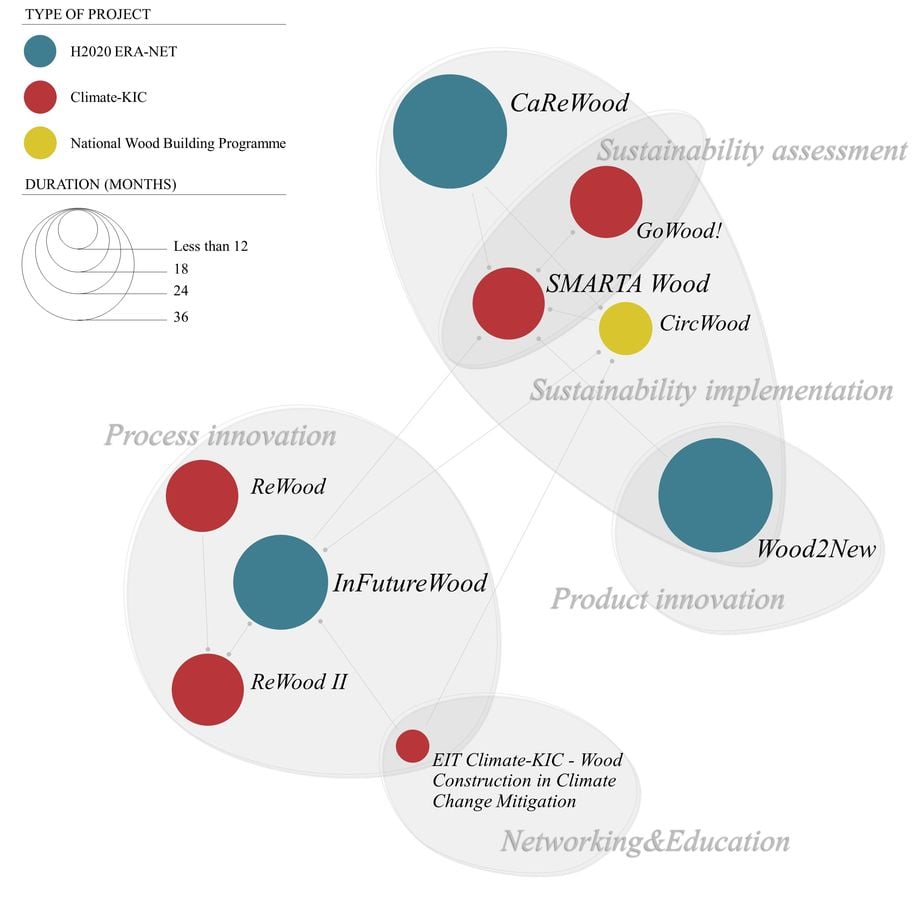
For further information, please contact Professor Mark Hughes or any of the staff.

Teaching:
Teaching in wood science and technology now forms part of the Fiber and Polymer Engineering major under the Master's Program in Chemical, Biochemical and Materials Engineering. It is continually being developed to ensure that students are given the most up-to-date education in this rapidly evolving field. As such, the teaching carried out very much reflects the research activities of the group. As part of Aalto Wood – a collaboration between the departments of Architecture, Civil Engineering and Forest Products Technology - we contribute to the multi-disciplinary education of students of architecture, civil and structural engineering, believing that there is huge potential for wood to contribute to a more sustainable future.

Prof. Mark Huhges, head of the research groupWood can contribute to the fight against climate heating. Come and help us explore how we can use wood for a sustainable future!
Research group members:
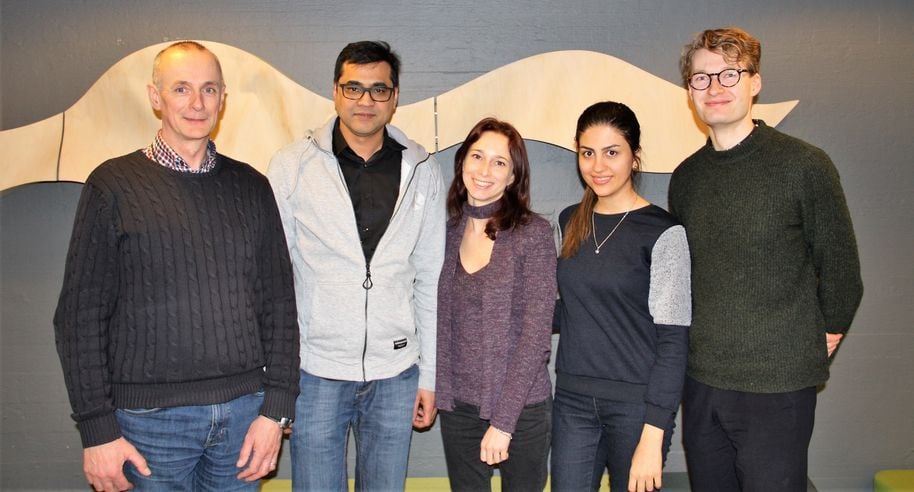
Related content:
Towards sustainable construction
Aalto Sustainability Talks research seminar on sustainable construction and SDG 9.
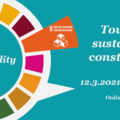
Wood Wonders exhibition showcases climate-friendly building concepts
If all the buildings constructed in Finland each year were made of wood, the amount of wood needed for their construction would grow back in ten hours.

Latest publications:
Improving the flame retardancy of furfurylated wood by introducing DOPO
Wood flows in the EU: towards a strengthened contribution of wood use to climate change mitigation
Millaista on tulevaisuuden kiinnostava puuarkkitehtuuri?
The effect mechanism and properties of poplar wood cross-linking modified with polyols and polycarboxylic acid
Time out! Rethinking construction / Designs for a Cooler Planet
Material inventory dataset for residential buildings in Finland
Thoughtful: Towards the longevity of wooden buildings for climate change mitigation and adaptation
Estimating the material intensity of wooden residential houses in Finland
Building Envelope Cooling Inspired by Evapotranspiration in Trees
Sustainability Assessment of a Wooden Multi-Storey Building Compared with an Equivalent Reinforced Concrete Alternative Using ToSIA: Finnish Perspective
- Published:
- Updated: